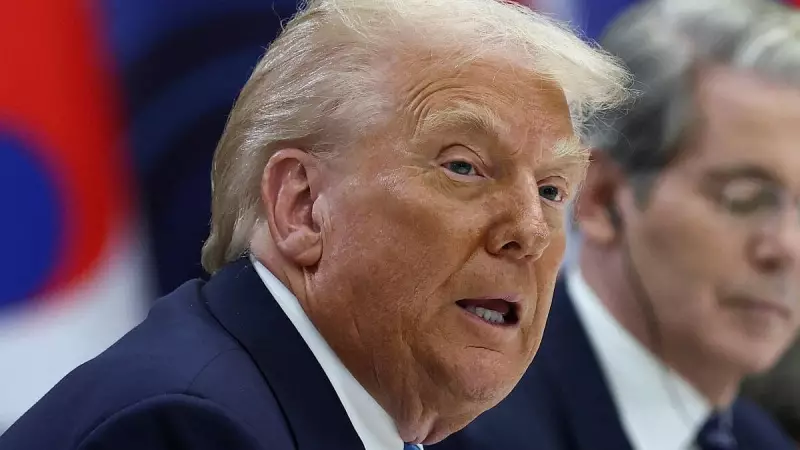
In a move that could significantly alter global nuclear dynamics, former President Donald Trump has instructed the Pentagon to immediately commence testing of American nuclear weapons, according to recent reports. This directive represents a potential seismic shift in United States nuclear policy that has remained largely unchanged for decades.
A Departure from Established Norms
The United States has maintained a voluntary moratorium on nuclear weapons testing since 1992, a policy followed by all major nuclear powers except North Korea. Trump's reported order challenges this long-standing international norm and could trigger a new era of nuclear competition.
Sources indicate that the former president believes current testing limitations prevent the United States from properly maintaining and modernizing its nuclear arsenal. This perspective aligns with Trump's previous statements about ensuring American military supremacy.
Global Implications and Reactions
Nuclear experts and arms control advocates have expressed deep concern about the potential consequences of resumed testing. Such actions could:
- Undermine the Comprehensive Nuclear-Test-Ban Treaty
- Trigger similar testing by other nuclear powers
- Escalate global nuclear tensions
- Damage international non-proliferation efforts
The timing of this development comes amid ongoing geopolitical tensions with nuclear-armed nations including Russia and China. Analysts suggest that resumed American testing could provide justification for other countries to conduct their own nuclear experiments.
Technical and Environmental Considerations
Modern nuclear testing differs significantly from the atmospheric tests of the mid-20th century. Current methods typically involve underground detonations at specialized facilities like the Nevada National Security Site. However, even contained testing raises environmental concerns and requires extensive safety protocols.
The Pentagon now faces the challenge of rapidly preparing testing infrastructure that has largely remained dormant for over thirty years. This includes ensuring adequate technical personnel and modern monitoring equipment.
As the situation develops, the international community watches closely to see how this potential policy shift might reshape global security architecture and nuclear deterrence strategies for years to come.





